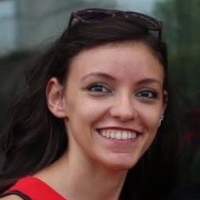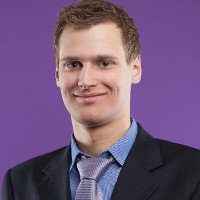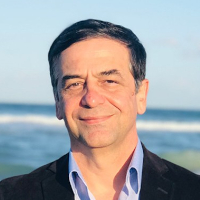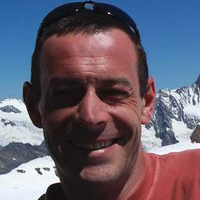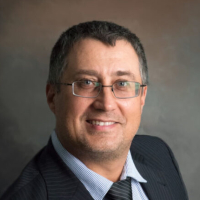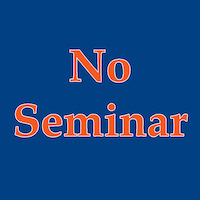Martina Conte (University of Parma, Mathematical, Physical, and Computer Sciences)
ZoomA multi-scale approach for modeling cell dynamics The characterization of biological phenomena related to cell evolution and their interactions with the microenvironment often involves processes occurring across a range of spatial and temporal scales. As a result, mathematical models designed to describe cell dynamics must capture this inherent multi-scale complexity. In this seminar, we introduce …
